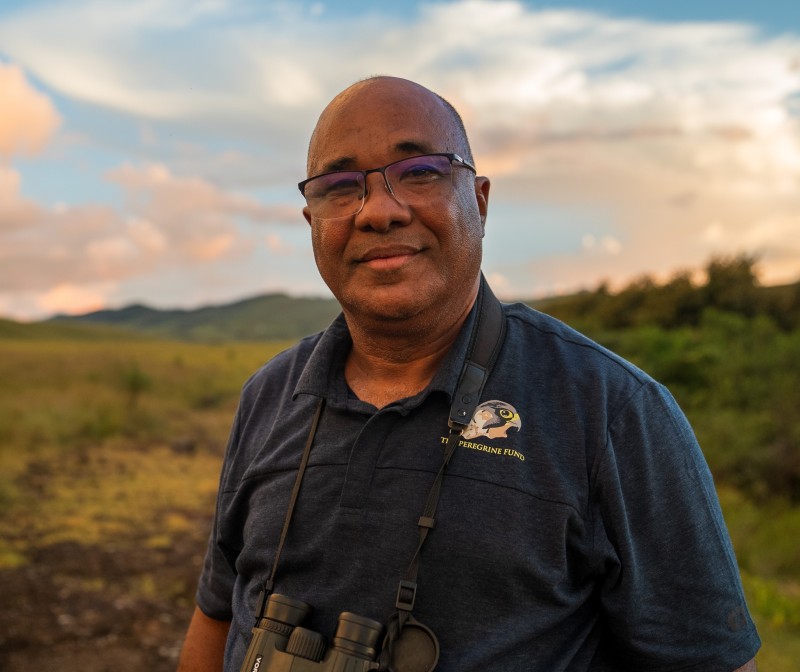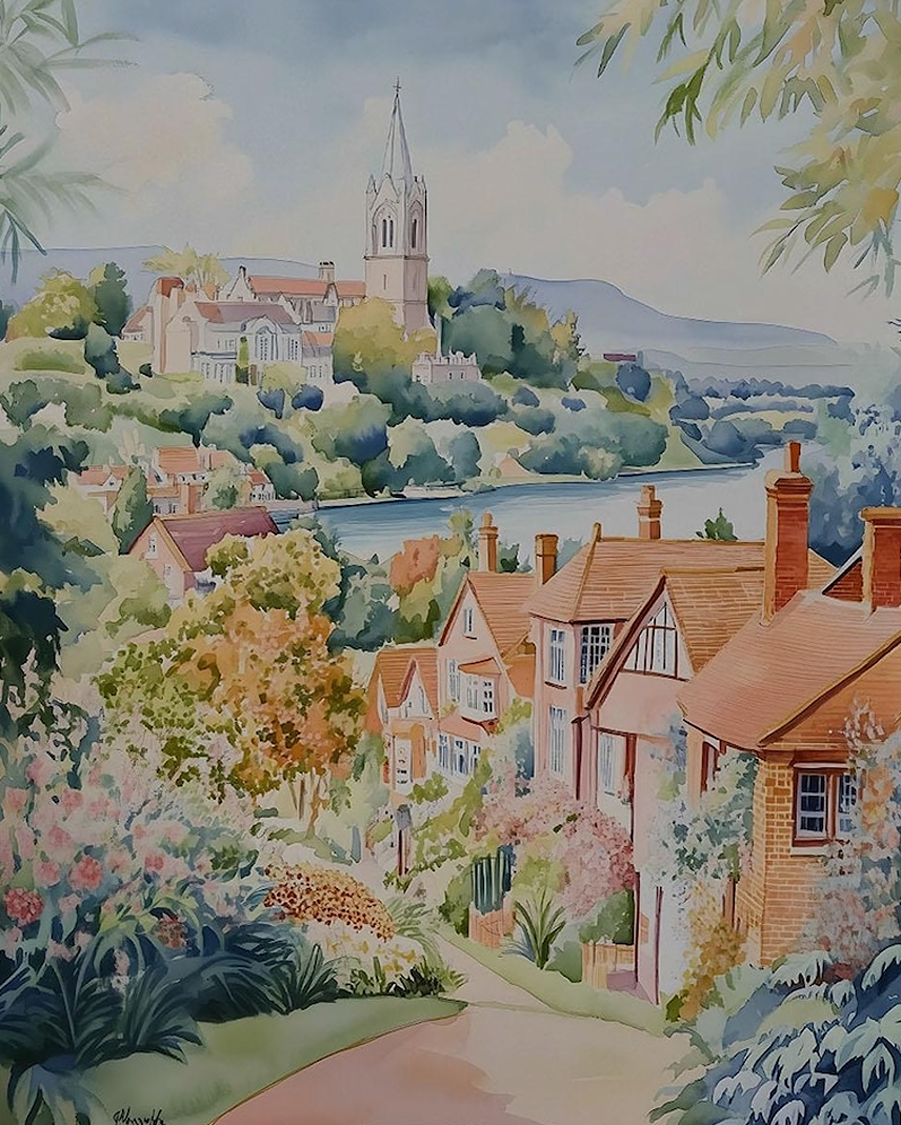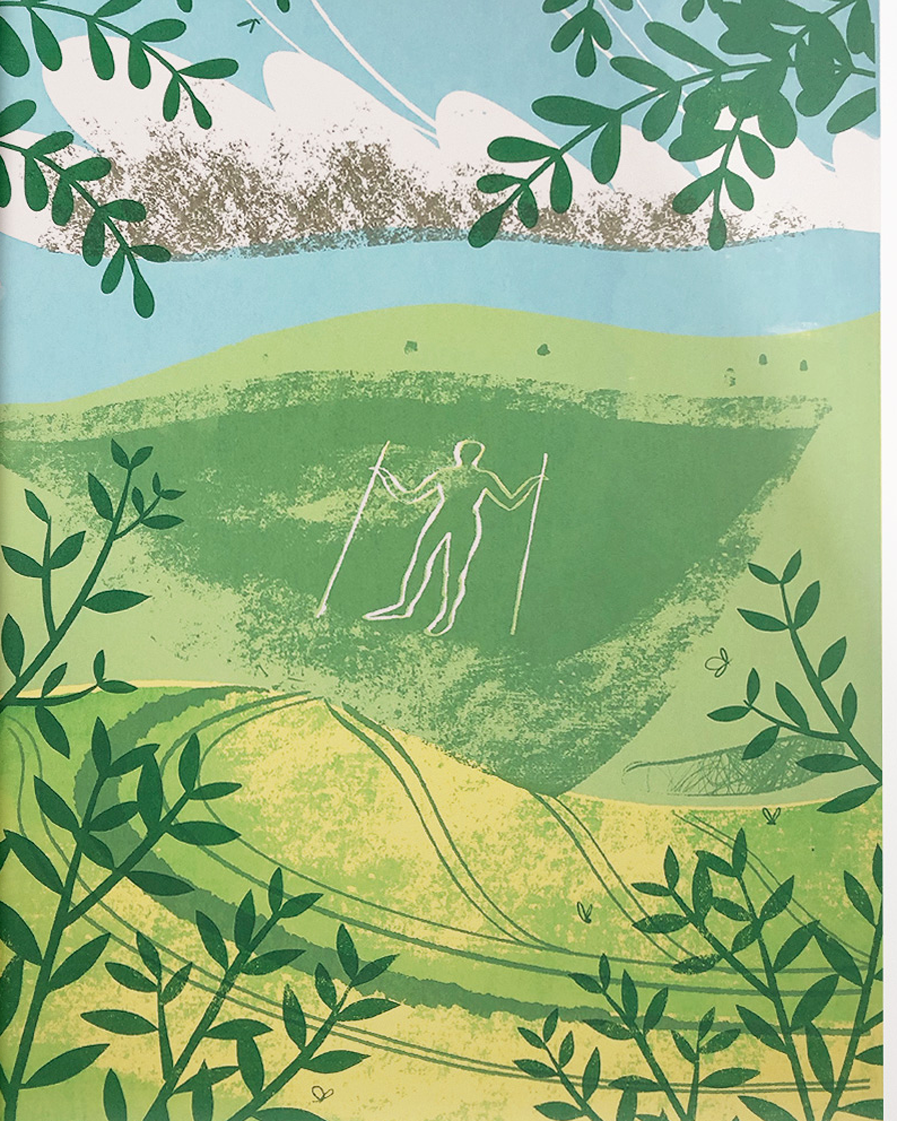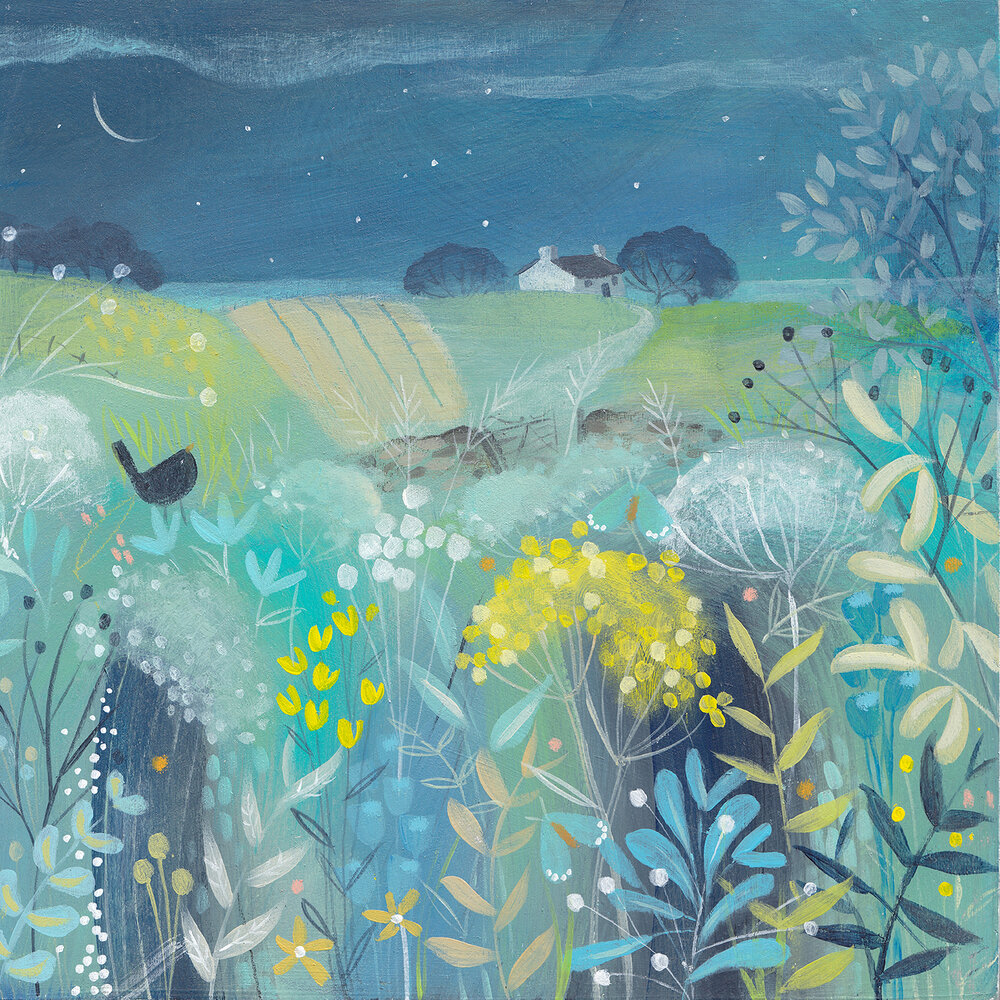Designing Healing Spaces for Public Places
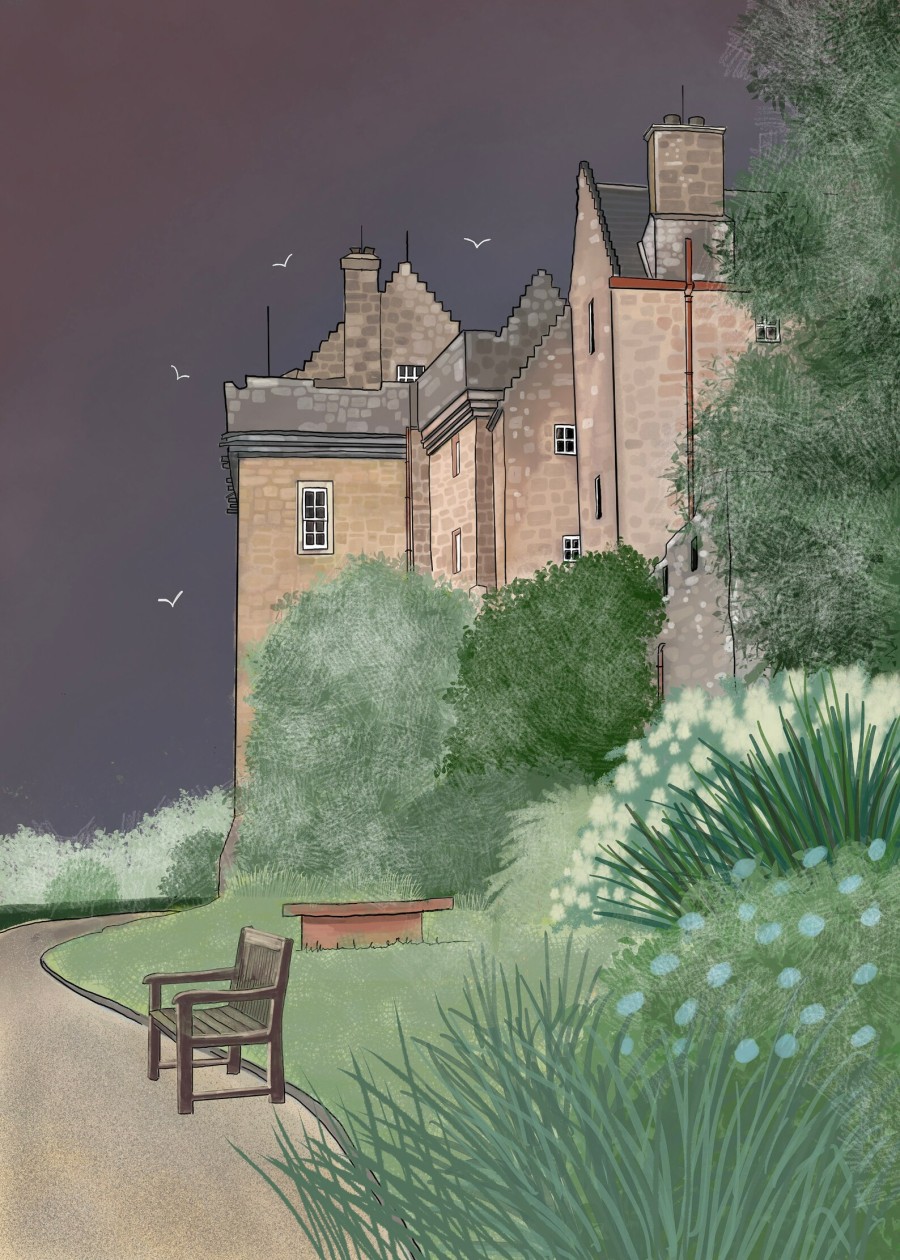
Healing spaces are so-called as there is medical evidence that patients get better, when they have views of nature. We need to move beyond big ugly hospital buildings with a small concrete ‘oasis’ of a few plants to proper healing spaces, both in medical settings and the natural world. A good example of a healing space is a public park, if done well. Or a litter-free seaside beach.
Healing Spaces is a project that has designed several projects. One hospital in Middlesborough has a healing garden with seating to celebrate ‘the gift of life’ for organ donors, and it has also designed a Critical Care Garden where patients in hospices can spend precious time with loved ones, away from clinical environments (and is also a space for staff to rest on breaks).
Read Healing Spaces, a book by a physician on how using place, space, sunlight and music can help people feel better quicker. Modern medical settings with stark white walls, jarring colours and sounds and those nonstop red neon lights going across the wall with information, are not conducive to health.
The medical world is making us sick with distractions and distortions (the charity Pipeline’s main campaign at present is to stop piped music in hospital, where bedridden patients literally have no escape).
Volunteer to Plant Healing Gardens

Use no-dig gardening and fruit protection bags (over netting). Learn how to create pet-friendly gardens and wildlife-friendly gardens. Also read how to stop birds flying into windows.
American charity Hope in Bloom uses volunteers to plant healing gardens for patients (both men and women) healing from breast cancer and chemo. Founded by a woman who would tend the garden of her best friend of 50 years (after she had cancer), volunteers provide indoor and outdoor gardens free of charge, tailored to recipients’ residential space and lifestyle.
So far volunteers have transformed almost 200 spaces into hundreds of gardens, plants often donated from local garden centres.
Harefield Healing Garden (London) was designed in hospital grounds with input from patients, relatives and medical staff, after studies found that patients recover quicker, than when looking out over a brick wall.
There are long sweeping footpaths through generous beds of flowers, and a space to mingle, with curved benches to relax. There are raised flowerbeds with built-in seating and space for wheelchairs, scented flowers for sensory gardens, and seats nestled among plants, for privacy.
Horatio’s Garden is a charity offering gardens nationwide to spinal injury units, for patients who through accidents or illness, suffer traumatic spinal injuries, and therefore have a higher risk of mental health problems or suicide when suddenly facing life-changing circumstances. Already operating eight gardens, these include beautiful spaces and seating, wildlife-friendly plants and water features.
Maggie’s is an idea founded by a cancer patient and her husband, both landscape architects. With centres nationwide (next to NHS hospitals) and even a few abroad, these beautiful buildings offer somewhere away from clinical environments where patients and their families can relax or access expert help, and the centres all feature beautiful designed gardens too.
A Parable on Healing Spaces
Nobody appear to know where this parable came from, or if it’s true. But it’s a good example of the power of healing spaces.
A man is a patient in hospital, and is very depressed, lying in a bed in a bare room. The man in the next cubicle (who he can’t see through the curtain) starts talking to him, and he is far happier, as he has a beautiful window view over a garden.
So each day he describes to his new friend the lovely grasses and flowers, the wildlife he can see etc. His friend begins to gradually feel better, and looks forward to the man describing the lovely views that he can’t see.
One morning, the man no longer hears the stories. The patient asks the nurse why, and she replies that the patient has gone. So he asks if he can move to the next cubicle. The nurse asks why.
The patient replies ‘Then I can see the beautiful views and start to feel better’. The nurse replies ‘But that room faces a blank wall as well. And anyway, the patient could not have told you about the views if there had been any – he was blind’.
Healthy Town Planning (good books)
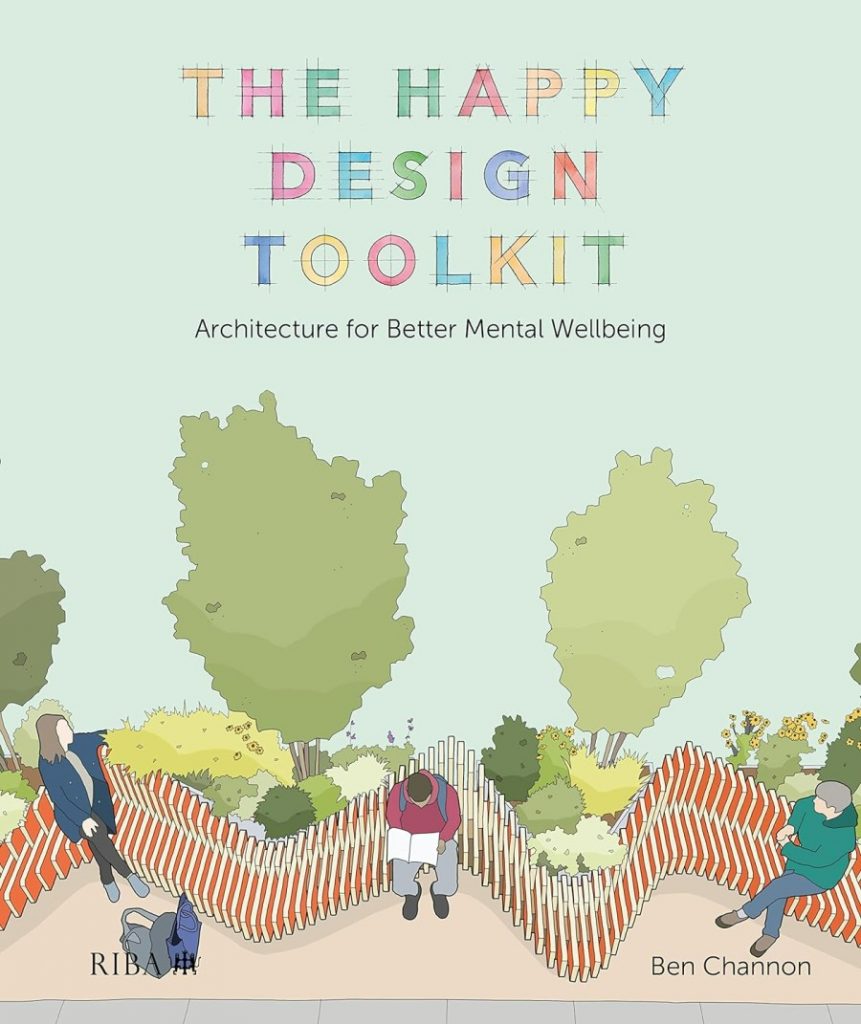
The Happy Design Toolkit is a book on how good architecture can help mental health in the community. Simple factors like lighting, comfort and access to nature and social interaction, can all impact how we feel.
The book features 100 hand-drawn illustrations (including roof gardens). And shows how ‘bumping into each other’ architecture can cure social isolation.
Precision Community Health is a wonderful book that every town council and GP could read. When Bechara Choucair was a young doctor, he learned that treating a patient for hypothermia did little good, if she has to spend the next night in the freezing cold.
As health commissioner of Chicago, he was determined to help the city’s most vulnerable populations. His approach led to lower rates of smoking, teen pregnancy and breast cancer. Health is about decent housing, jobs, parks, food and social support.
Happy City unlocks the secrets of living well in cities, and it’s not to do with how much you earn or what the climate is. He travels from Atlanta to Bogotá to Vancouver) to explore innovations that are transforming people’s lives.
Meet the Colombian mayor who turned the world’s most dangerous roads into an urban cycling haven, a Danish architect who created the world’s most walking-friendly city and New York transport commissioner who turned Times Square into a pedestrian paradise.
Urban Playground shows how town planners can move from car-dominated, noisy and polluted communities, – to create ones that are welcoming and walkable, that are safe for children to walk and play.
The author leads a global campaign for more child-friendly streets, towns and cities, and builds the academic case for reconnecting children with nature.

